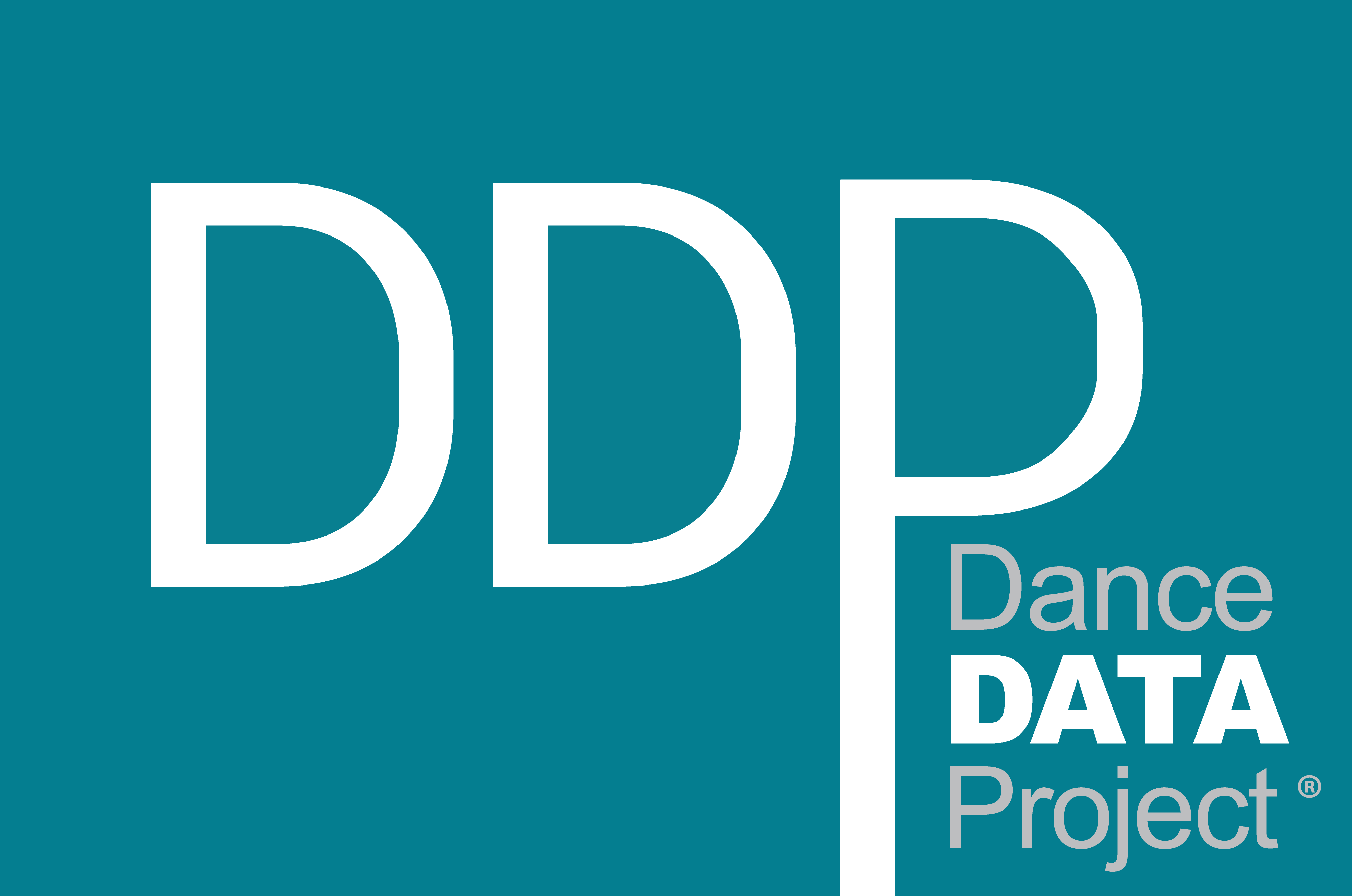DDP Talks To
"The Devil Ties My Tongue" by Amy Seiwert performed for the SKETCH Series, 2013. Photo by David DeSilva. Courtesy of Amy Seiwert's Imagery
December 31st: Jacob's Pillow: Ann & Weston Hicks Choreography Fellows Program, December 31st: New England Presenter Travel Fund, December 31st: Central Pennsylvania Youth Ballet Scholarship, December 31st: 24 Seven Dance Convention, December 31st: National Theater Project Presenter Travel Grant, December 31st: Breck Creek Artist-in-Residence Program, December 31st: Indigo Arts Alliance Mentorship Residency Program, March 31st: SIA Foundation Grants
×
"The Devil Ties My Tongue" by Amy Seiwert performed for the SKETCH Series, 2013. Photo by David DeSilva. Courtesy of Amy Seiwert's Imagery
14 April 2021
By Valentina Di Liscia
It has been over a year since the COVID-19 outbreak was declared a global pandemic, but another health crisis has been silently brewing. Experts are beginning to grasp the virus’s devastating effects on our collective mental well-being, particularly for communities disproportionately impacted — essential workers, low-income populations, and people of color among them.
In the museum field, workers experienced sweeping job loss, salary cuts, and burnout that exacerbated the pandemic’s stressors. A new survey by the American Alliance of Museums (AAM) finds that the sector’s workers have suffered “a grave toll on their mental health and wellbeing,” rating the impact at an average of 6.6 out of 10. Though many institutions remained shuttered during peaks in virus cases, half of museum staff reported a heavier workload.
Unsurprisingly, independent consultants, contractors, and freelancers — often hired as educators and other key roles in museums — bore the brunt of financial insecurity. More than half had contracts canceled or indefinitely postponed, struggled to find work, and lost over 50% of their pre-pandemic income on average.
Similarly, nearly two-thirds of part-time staff said they lost a median of $8,000 due to reduced salaries, benefits, or hours. Compared to their full-time colleagues, this group of workers faces greater instability: they are more likely to live paycheck to paycheck and less likely to have enough disposable income to save or spend on leisure.
The survey’s findings also reveal the role of gender and race in these workers’ experiences of pandemic-related mental health factors. Museum staff who identify as women were more likely to report an increase in workload and adverse effects on their schedules, salary, and mental health, and BIPOC respondents experienced more financial stress and fewer financial resources than their white counterparts.
To read the piece, click here. You can access the survey report from the American Alliance of Museums here.
9 April 2021
By Kerry Reid
Back in 2019, I interviewed Chicago set designer Arnel Sancianco for a short Reader profile. In the course of our discussion, he mentioned that, while creating a sustainable career as a designer is never easy, he felt that his peers in costume design (a profession that tends to have more women in its ranks than other design fields) had a harder road. They frequently work without the benefit of full crews, leaving the designer to do a lot of the hands-on work of making and even sometimes maintaining costumes during a show’s run. And they tended to be paid less overall.
How much less they’re paid has come to light in recent years, thanks to the efforts of organizations like Costume Professionals for Wage Equity (CPWE) and the Chicago-based On Our Team. Elsa Hiltner, one of the founders of the latter, created the anonymous crowd-sourced Theatrical Designer Pay Resource spreadsheet to collect data on who gets paid what and where in American theaters.
When Reader freelancer Sheri Flanders spoke to Hiltner last October, she was celebrating the fact that Theatre Communications Group had agreed to list salaries for all jobs posted in ARTSEARCH, the job search engine run by TCG. Now CPWE and On Our Team have convinced two more major theater publications—Playbill and Broadway World—to require salary ranges to be listed for all industry job postings.
As Flanders noted in her article, “It is common practice for a job seeker to respond to a posting for a seemingly full-time or contract paid position, only to discover upon receiving a ‘job’ offer that the position is unpaid, paid in ‘exposure,’ or paid at a stipend rate that averages out to far less than minimum wage.” In 2018, OffStage Jobs began requiring salary information for listings, and the League of Chicago Theatres soon followed suit.
Genevieve Beller of CPWE and Theresa Ham, one of the cofounders of On Our Team, know that transparency in listings is just part of the battle for wage equity. But even getting that victory on the board took major effort. Beller notes that CPWE “reached out to Playbill with a letter in December of 2019 that over 800 people had signed. And we sent that letter to the editor in chief at the time, who is no longer with them, as well as every member of their board that we could find information for. So we received zero response. Which is pretty much par for the course.
To read the full article, click here.
Reach out to us to learn more about our mission.
"The Devil Ties My Tongue" by Amy Seiwert performed for the SKETCH Series, 2013. Photo by David DeSilva. Courtesy of Amy Seiwert's Imagery
